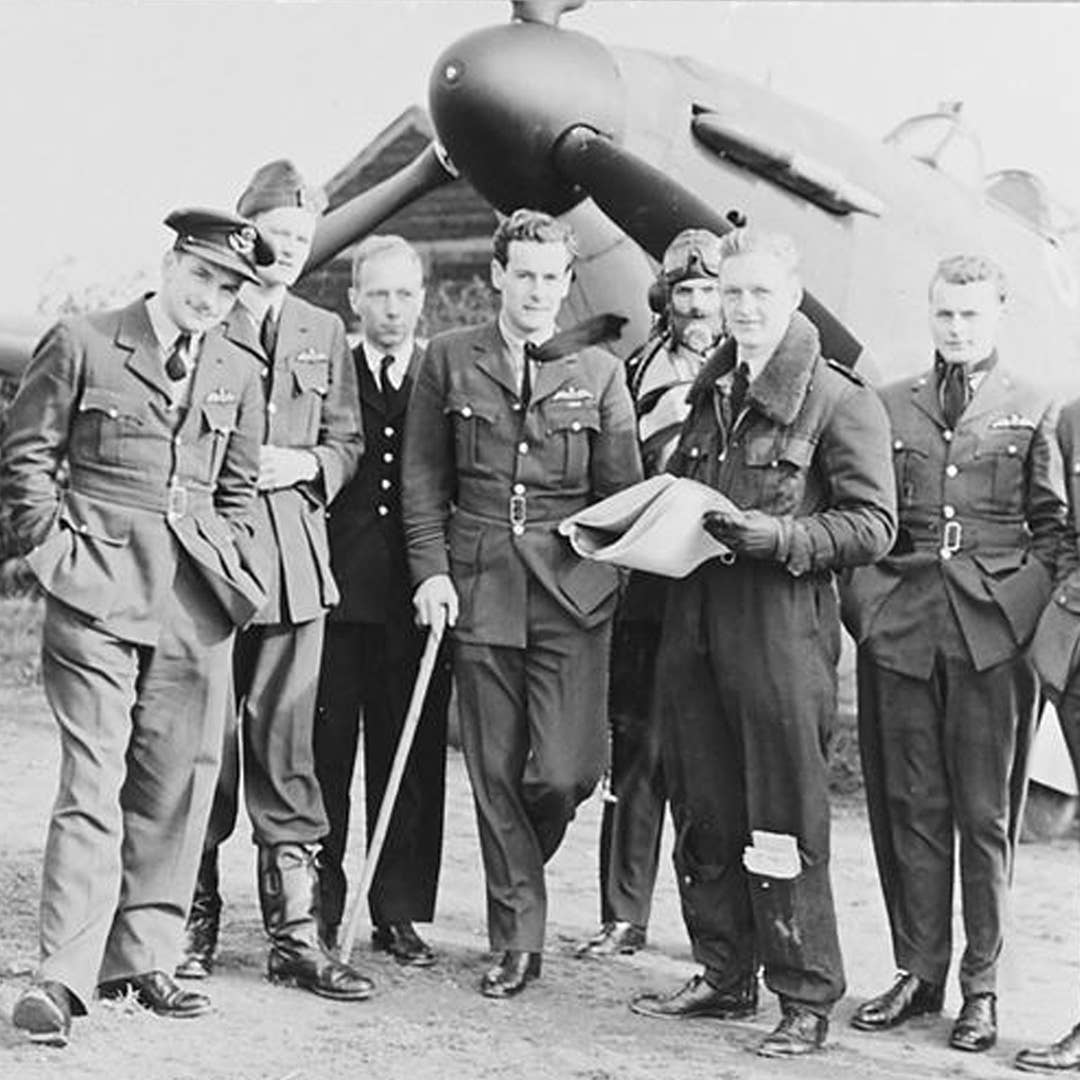DOD Seeking UFO Reports from Current, Former Personnel
The accounts will be compiled as part of a historical record, which is due to Congress by June.

An unmanned aerial system [UAS] is observed during Naval exercises off the U.S. East Coast in early 2022. The object in this image was first classified as an unidentified anomalous phenomena [UAP] before being reclassified as a UAS based on additional information and data from other UAP sightings. [Courtesy: DOD]
The Pentagon wants to know more about current and former military and government workers' experiences with unidentified anomalous phenomena (UAP), the government's term for UFOs.
The DOD announced Tuesday it had launched a new phase in collecting authorized reports of UAPs on the agency's All-domain Anomaly Resolution Office (AARO) website.
"This phase of the secure reporting mechanism is for current or former U.S. government employees, service members, or contractors with direct knowledge of alleged U.S. government programs or activities related to UAP dating back to 1945 to contact AARO to voluntarily submit a report," the DOD said.
The reports will be compiled as part of AARO's historical record report, which is due to Congress by June.
"This reporting mechanism that is on the website is for people who think they have firsthand knowledge of clandestine programs that the government has been hiding," AARO Director Sean Kirkpatrick told reporters at the Pentagon Tuesday.
There are rules for what can be reported initially through the website. Information submitted should not be classified or considered unclassified but not publicly releasable, and should only be submitted by personnel with direct knowledge of U.S. government programs and activities related to UAPs going back to 1945. After a report is submitted, AARO staff may then arrange an informational interview for more details, which will be kept personal and confidential.
"By law, AARO can receive all UAP-related information, including any classified national security information involving military intelligence or intelligence related activities at all levels of classification, regardless of any restrictive access controls, special access programs, or compartmented access programs," Kirkpatrick said.
The updated reporting portal does not replace procedures put in place earlier this year for service members to report UAP sightings, he added.
"Neither does this mechanism change the FAA reporting guidance for current observations from civilian pilots," he said. "And we encourage civilian pilots to properly report UAP sightings to air traffic control."
Members of the general public with UFO stories to share, however, should steer clear of the site—at least for now.
"We understand that members of the public are also interested in reporting UAP sightings to AARO," Kirkpatrick said. "We are exploring methods for how the public can do so in the forthcoming third phase of the secure reporting mechanism, but I don't have anything to announce about that."

Sign-up for newsletters & special offers!
Get the latest FLYING stories & special offers delivered directly to your inbox






